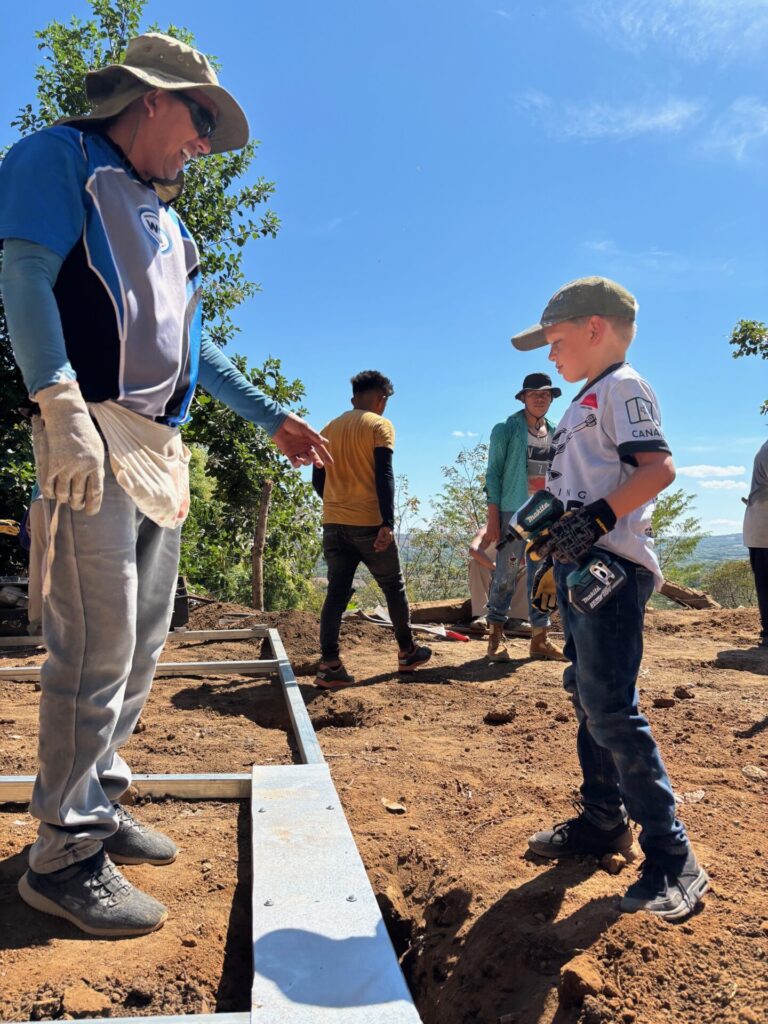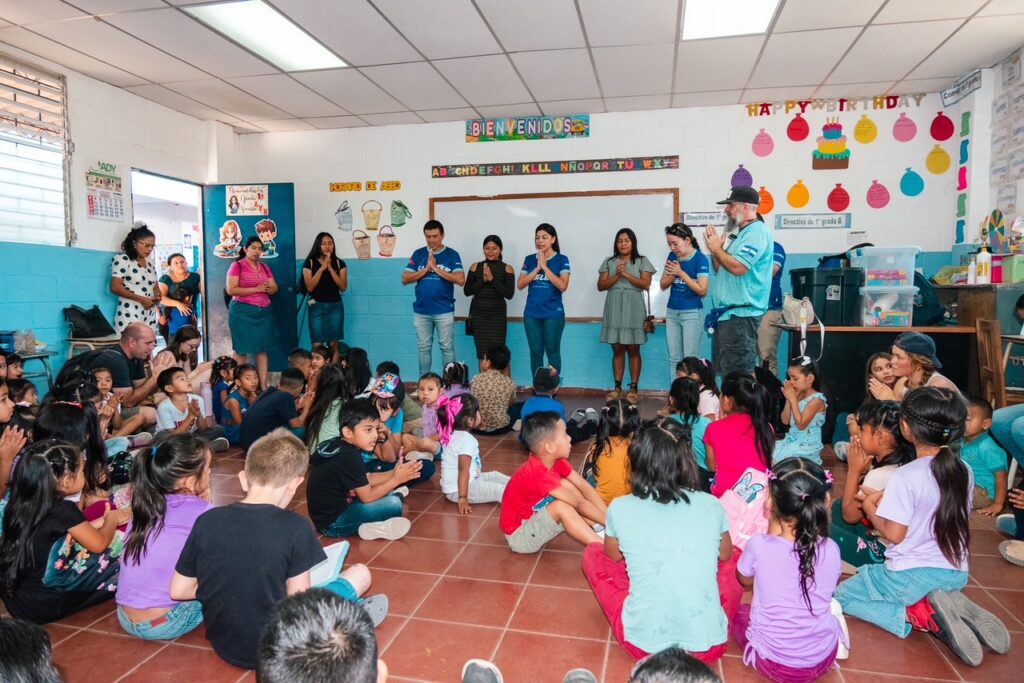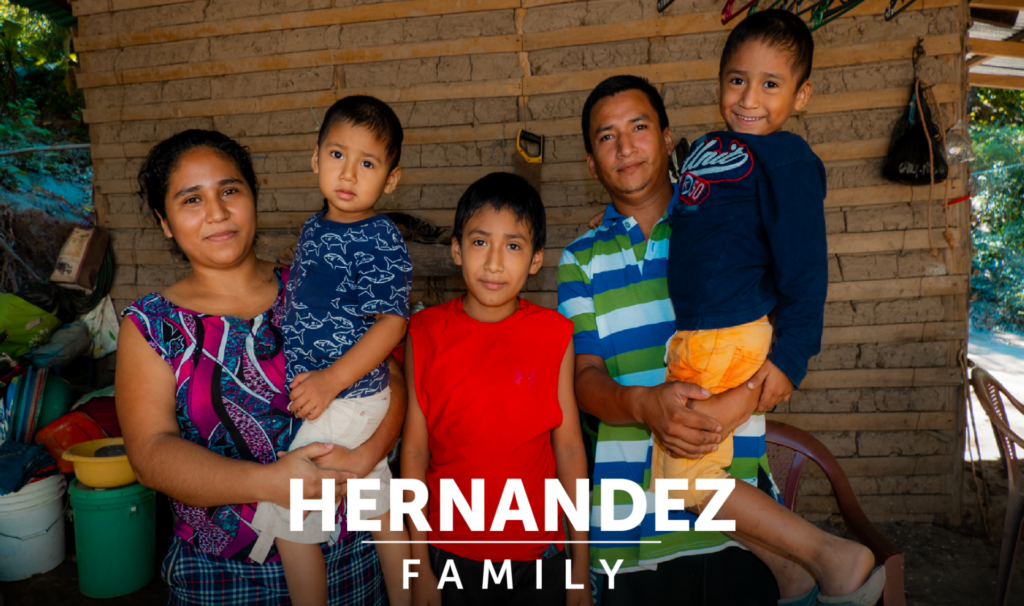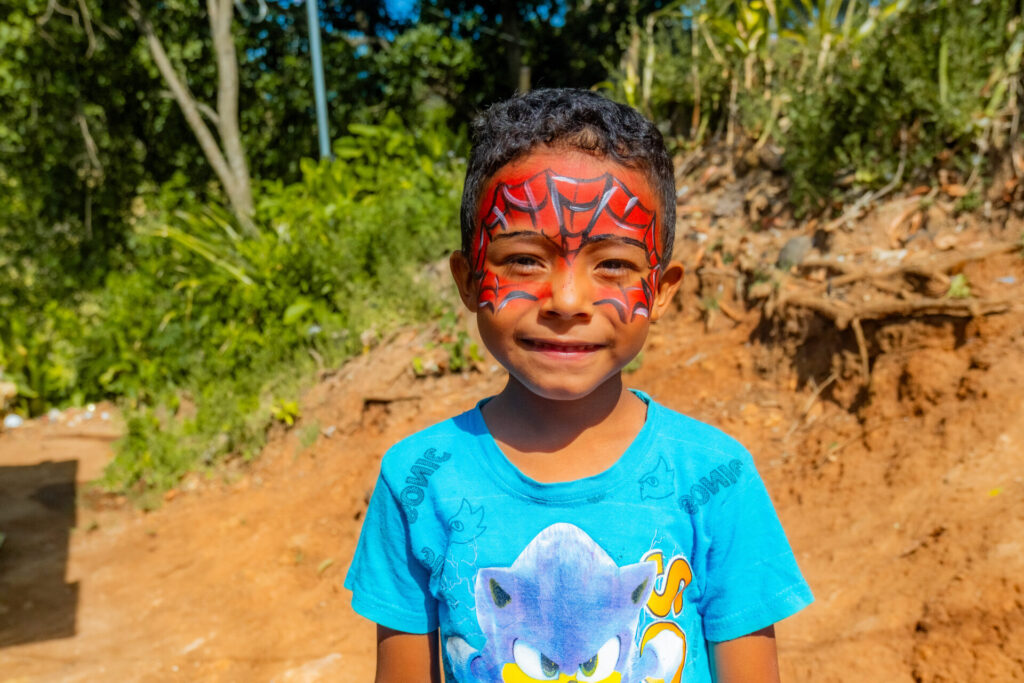In this open letter to a church partner, Shelter CEO Clay Jones answers the question “how is the Gospel being shared through Shelter’s work of building homes for Salvadorans in need?” As an organization, Shelter’s mission is to spread the gospel through the provision of homes for every Salvadorian in need. To learn more about bringing a team on a short-term Shelter mission trip, click here.
Hi Sharon,
My name is Clay Jones, and I am the incoming CEO of Shelter. I have only been learning this new role for the past few months, but even still, I see that the question “how is the gospel going forth as we build homes?” is an incredibly valuable and valid question for us as an organization and for everyone who serves and partners with us. I’d like to address that question by sharing with you what our mission is and how we go about facilitating our mission in light of the call on every Christian’s life – to “go and make disciples of all nations.”
Before I officially started serving with Shelter, my wife Hannah and I shared the news with our three boys: Harris (7), Paul (6), and JonOliver (4). We were eating dinner as I told them what we would be doing with Shelter, an organization they were already familiar with. After I finished, Harris asked, “Dad, how are we sharing Jesus with people by building them houses?” First, I was a bit taken aback, then I was proud. I was astutely aware that this question would be a common one as I continue to raise awareness and support for Shelter.

I’ll start by saying that Shelter is not in the house business, we are in the people business. Yes, we build homes for Salvadorans in need, but the house is just the vehicle by which we engage, love, and share the love of Christ with those in need. Our mission is to spread the gospel through the provision of homes for every Salvadorian in need. I want to share with you how we accomplish that mission, and then I want to zoom out and share with you how we facilitate the gospel going forth in other communities of people as well.

The Role of Shelter’s Community Development Team
Shelter’s community development department in El Salvador is headed up by Salvadoran Brenda Pacas. Brenda has an incredible heart and vision for how her team is at the forefront of our efforts to share the love of Christ with everyone we encounter. Brenda’s team identifies the communities we will work in. Her team looks for healthy local churches to partner with and strong community leaders to be our guides during our time working in that particular community. With the help of these community leaders and the local church, we begin the process of identifying families in need of a safe and dignified place to live.
- This process starts with a large gathering where a short devotional is given and then the attendees are told about who Shelter is, what we believe, and what we do.
- The next step is one-on-one interviews with each potential beneficiary and a member of Brenda’s team. At this point, our team is encouraged to begin building relationships with each family and take each opportunity to pray for them and connect. Through this process we may whittle down some potential beneficiaries, and the rest will receive a personal home-visit from someone on Brenda’s team and the community leaders.
- The purpose of the home-visit is to hear their story, see their current living situation, verify certain details, take some photos of the house and family, and further build those relationships. Often times, our team will hear and see difficult things. They are encouraged to take their time and stop to pray whenever necessary.
- After this, we get in contact with every family and let them know if they have been selected and what the next steps are.
The beneficiaries have a decent amount of responsibility in the coming weeks and months before moving into their new home. They will be required to attend three community spiritual events that Brenda’s team puts on, usually at the local school. At these events, our team will share any pertinent information. Next the kids will go with Brenda and her team for a short Bible lesson and activities. The adults will hear a lesson from the pastor of the local church we are partnering with.
We want to connect these families to the local church so that when we finish building homes in their community, they can turn to the local church for their needs, prayer, and spiritual guidance. Each of these events provides more depth and relationship with the community members we are working with.

Get to Know the Families Ahead of Time
At this point, the short-term mission teams from Canada and the U.S. enter the equation. Before the teams arrive, we send them an email with personal information about who they are building for. Let’s say for example, your team wants to build 10 homes. We will send your team an email when you begin to raise support with the photos and stories of the 10 families. We encourage every team to read these stories (these stories come from the Community Development team’s home visits) and to pray for these families. When the teams get to El Salvador, their first full day includes a visit to the community where their families live. Brenda’s team will have put together a program that will include a gospel presentation, some games and activities, and finally the teams get a chance to meet their families for the first time.

What Do the Build Days Look Like?
Next come the build days. A team of Shelter translators travel with each North American team to their build site. Before each house is built, we circle up with the family and their neighbors and friends who are there to help build and introduce ourselves. Next, one of our translators helps one of the team members pray over the family and the build. There is always a construction crew from our fabrication shop there to guide the build and help team members get involved in many different ways. What I tell our teams is that we would rather have team members who never put in one screw than those who only focus on building the home. We want our teams engaging with the families and the folks from the community. The construction crew can build a house faster without us anyway!
During the build, we have lots of people on teams who specifically spend time with the children – painting their faces, blowing bubbles, playing games, just loving on them. After the build, we have “family time.” One of our translators will sit down with the team and the family. This is an opportunity for the team share about themselves and their families: where they are from, what they do, and why they are personally in El Salvador. We encourage our teams to be real in these times. Then the family has an opportunity to share their story. Many times, there are tears and hard stories. These times can last thirty minutes or an hour and a half. There is no time limit. Afterwards, the team will pray for and pray over the family and their new home.

After all the build days, the teams and all the families come together one more time for our last event. We call this the key ceremony. This is the final opportunity for both our Shelter team and the North American team to spend time with the families who have received homes. Our Shelter team gives an incredible gospel presentation using the house they are receiving as a picture of the home God has for each of his children. There are activities for the kids while the adults receive the keys to their new house along with a new Bible as well. The teams will write prayers and messages of hope inside the Bibles. Then they will circle up one last time and anyone one from the team can pray over the family and their future home. So, as you can see, while we are providing safe and dignified homes for Salvadorans in need, we are doing so much more.

1 Ministry Reaching 3 Different Communities
I would like to finish by saying that our goal is relational ministry and the common denominator in our relationships is a home. But, the even more incredible aspect is that there are actually 3 different communities being ministered to each time we build a home. The most obvious are the Salvadoran families who receive homes. The next is our Shelter staff. Our North American teams that come have the opportunity to work alongside our Salvadoran staff. They get to know them over the course of the week and the many trips they often take over the years. We have staff members whose lives have been transformed and given to Jesus because of how the North American teams love and pray for them. And lastly, the North American teams. While we do require a statement of faith from our team leaders, their team members do not have to be Christ followers to come on a trip. And coming to do this kind of work has a way of impacting someone so that their life is never the same.

I hope I have been able to answer your question here of how the gospel goes forth through the construction of homes in El Salvador. I hope that it is clear that while we build homes, this is our secondary priority. Most importantly to us are the souls of all whom we encounter from whatever community or country. Much like Jesus’ example in the gospels, we want to present a cure for what ails the souls of men and women first and foremost. But, like James 2:14-16 tells us, we want to couple this by meeting very real and pressing material needs as well. We strive to marry these two truths the best we can daily and in every part of our ministry to Salvadorans in need – the relational and the material.
If you have any further questions, please feel free to reach out to me directly at clay.jones@shelterhelps.com. I am grateful for your desire to ensure that we aren’t just building homes, but that we are also building the Kingdom.
Clay Jones
